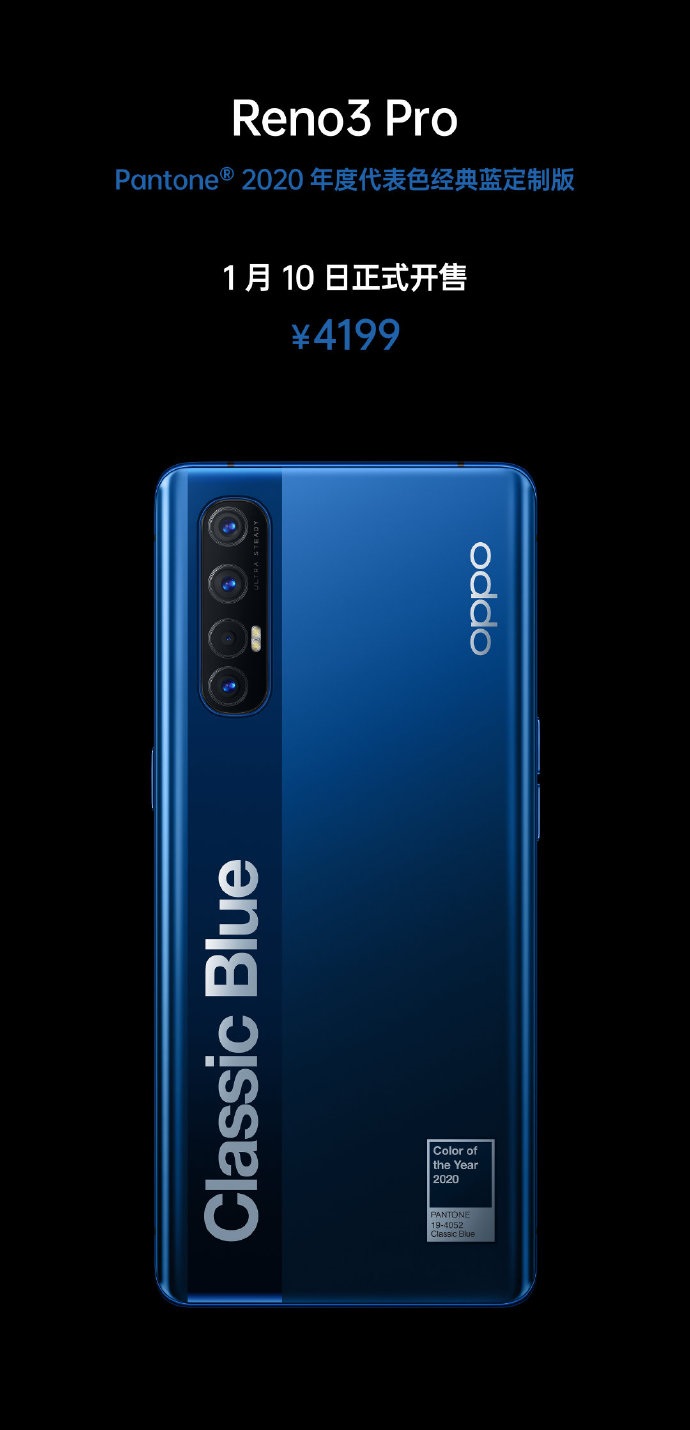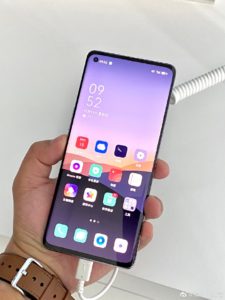Over the past couple of years, smartphone companies have made a habit of releasing two variants of its devices in a lineup. Almost all major devices this year, got a higher-end ‘Pro’ variant including the OPPO Reno3 series. OPPO announced the new series last week featuring two devices, the OPPO Reno3 and the OPPO Reno3 Pro. We are not specifically adding 5G to their names because they both support 5G, unlike the Redmi K30 which has got a 4G as well as a 5G variant.
These two devices have a lot of similarities as well as differences. But are they like the OnePlus 7T and the 7T Pro with just a couple of major changes?
Or is it like the Redmi K20 and the K20 Pro where things are a lot more different? Let’s find it out in this OPPO Reno3 vs Reno3 Pro comparison.
OPPO Reno3 vs Reno3 Pro: DESIGN
The Reno3 duo share a basic design which includes a gradient back finish and a vertically arranged quad-camera setup. At first glance, the rear setup looks identical, but on closer inspection, we can see that the two lower cameras on the Reno3 get their own sub-housing. On the other hand, the OPPO Reno3 Pro has a single housing featuring all four cameras one below the other.
Things are a lot different when you compare OPPO Reno3 vs Reno3 Pro upfront. The cheaper Reno3 uses a more traditional waterdrop flat display. On the other hand, the Reno3 Pro comes with a curved AMOLED panel with a single punch-hole camera on the top-left corner. It’s evident from the front that the Reno3 Pro is the more premium device in the series.
From the curved display and the more premium appearance, you would have assumed that the Reno3 Pro would be heavier and bulkier than the Reno3, right? But its the exact opposite. The Reno3 Pro features a slim 7.7mm form factor, weighing just 171 grams. On the other hand, the Reno3 features an 8mm body and is heavier at 181 grams. Note that both the phones have the same 4025mAh battery on board.
It is also worth adding that the OPPO Reno3 Pro gets a special Pantone Color of the Year edition called Reno3 Pro Classic Blue.
OPPO Reno3 vs Reno3 Pro 5G: Specs
Things get a lot more interesting when you take a look at their hardware. The OPPO Reno3 vs Reno3 Pro differences are quite stark, justifying its pricing difference. The Reno3 is powered by the MediaTek Dimensity 1000L octa-core 5G integrated chipset while the Reno3 Pro is powered by the new Snapdragon 765G chipset. The 6.4-inch AMOLED display on the Reno3 is flat while the Reno3 Pro has a curved AMOLED panel with a high 90Hz refresh rate. You get up to 12GB of RAM and 128G GB of storage on the Reno3 while the Pro version takes the storage up to 256GB along with 12GB of RAM.
Their cameras are quite different as well.
The OPPO Reno3 comes with a 64MP primary shooter with an 8MP wide-angle lens, 2MP monochrome camera, and a 2MP depth sensor. On the other hand, the Reno3 Pro comes with a more flagship-like camera setup which includes a 13MP telephoto lens with 2x optical zoom along with a 48MP primary shooter, 8MP ultra-wide shooter, and a 2MP monochrome sensor. So, it skips on the depth sensor in favor of a powerful telephoto lens. For selfies, both the phone have the same 32MP f/2.4 shooter up front.
As mentioned above, the OPPO Reno3 and REno3 Pro have the exact same battery capacity: a 4025mAh battery with 30W VOOC 4.0 fast charging technology.
Both support 5G networks and come with USB-C ports at the bottom.
OPPO Reno3 vs Reno3 Pro 5G: Pricing
The OPPO Reno3 Pro 5G starts at 3999 yuan ($571) for the 8GB +128GB variant and goes up to 4499 yuan ($643) for the 12GB + 256GB variant. The 8GB RAM model goes on sale on December 31 while the 12GB model goes on sale on January 10, 2020. The special Class Blue edition costs 4199 yuan ($600) (8GB+128GB) and goes on sale on January 10.
The OPPO Reno3 5G starts at 3399 yuan ($486) for the 8GB RAM and 128GB ROM variant and goes up to 3699 yuan ($528) for the 12GB RAM and 128GB variant.
The Reno3 Pro clearly has an advantage when it comes to its specs and design. But is it worth shelling out $100 more for the Pro version? Personally, I think it makes sense to go for the Pro version despite Dimensity 1000L having a slight advantage over SD765G in terms of performance.












